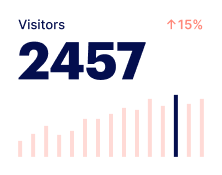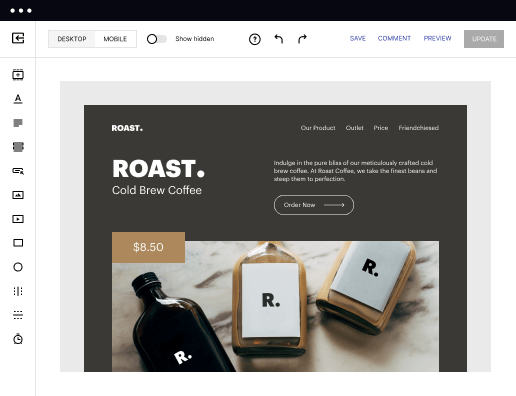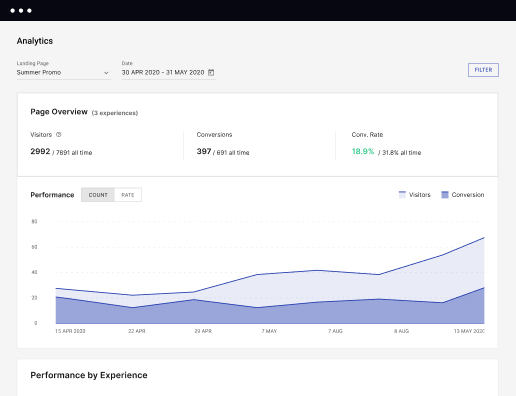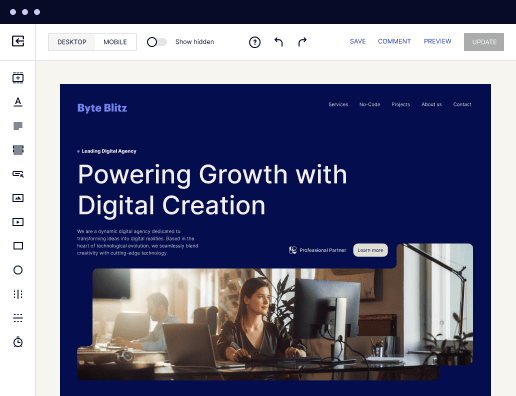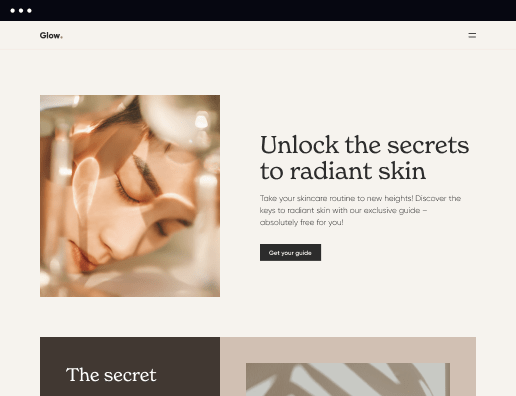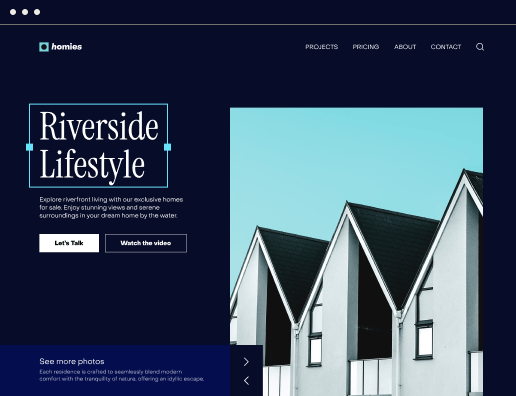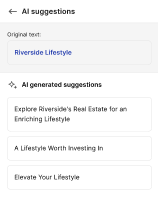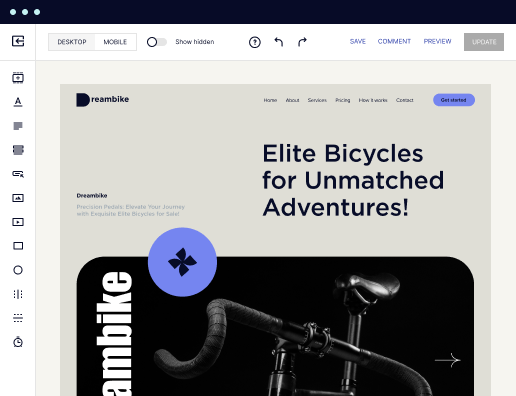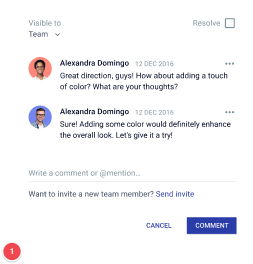Make your use case page designed for Android
Instapage empowers you to reduce costs, increase conversions, and deliver meaningful experiences on Android.
Create your use case page on Android with Instapage
Instapage is your go-to solution for creating tailored landing pages that engage users and drive conversions, especially when targeting your audience's specific needs. With a user-friendly interface and a plethora of conversion-focused templates, you can swiftly design your landing pages without needing any coding skills. This guide details the essential steps to effectively create a use case page on Android, ensuring your marketing strategies flourish.
Step 1: Define Your Use Case Clearly
Begin by outlining the core purpose of your use case page. Understanding your objectives is crucial. This can include enhancing customer education, improving product visibility, or increasing lead generation. Make sure to define key metrics of success, such as visitor engagement rates or conversion goals, which will guide the overall design and functionality of the page.
- Identify your target audience: Knowing who will interact with your landing page allows for tailored content.
- Detail the core benefits: Highlight what makes your offering unique to engage users effectively.
- Setup conversion goals: Define what actions you want visitors to take after visiting the page.
Step 2: Leverage Instapage's Design Features
Utilizing Instapage's extensive library of over 100 templates is key to designing your use case page efficiently. Focus on templates designed for user engagement and optimizing conversions. Additionally, take advantage of dynamic text replacement to personalize landing pages according to your audience's preferences.
- Choose a template that's conversion-focused: Ensure it aligns with your objectives for maximum impact.
- Utilize Instablocks: Reusable design elements that help maintain consistency across your pages.
- Incorporate heatmaps: Use these to analyze user behavior post-launch and make informed adjustments.
Step 3: Optimize for Performance and Personalization
Once your page is designed, the next step is optimization to improve the conversion rate. Instapage enables A/B testing, allowing you to experiment with different variations of your page elements. With continuous analysis of your audience data, adjust accordingly to enhance the user experience and foster higher conversion rates.
- Run A/B tests regularly: Experiment with various appeals or CTAs to determine what resonates with your audience.
- Analyze user data: Use analytics tools to track visitor behavior, helping refine your page for better performance.
- Personalize experiences: Adapt messages and offers based on specific audience segments to enhance relevance.
These steps will help you craft an effective use case page on Android through Instapage, ideally suited for amplifying your marketing efforts and achieving your business goals. Remember that continuous monitoring and optimization are key to success.
By following this guide, you can create a powerful landing page that not only addresses your audience’s needs but also encourages engagement and conversions. Turn your marketing insights into action!
To get started with your landing page, dive into Instapage today, and experience the difference in your marketing strategy. Let's optimize your customer journey together!
Get more out of Create your use case page on Android
Improve your Quality Score with quick load technology for landing pages
Increase conversions with content that aligns with your ads and audiences
Achieve maximum ROI by scaling your marketing initiatives
Leading the way in building high-performing landing pages





FAQs
See how to create your use case page on android in action
Ready to skyrocket conversions?
Supercharge your ad campaigns with high-performing landing pages.
Get started
